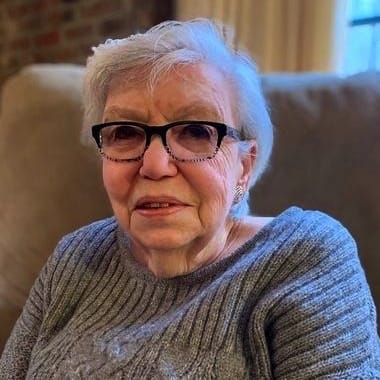Group therapy for teens is a specialized treatment approach designed to address the unique challenges and needs of teenagers. It provides a safe, structured, confidential setting where teens can come together to share their thoughts, feelings, and experiences under the guidance of an unbiased, trained mental health professional.
Studies have consistently shown that group therapy for teens is as effective as one-on-one counseling because of how it capitalizes on the power of peer relationships and support. Connecting with people of their own age, who have experienced similar challenges, creates a sense of belonging and community, as well as the realization that they are not walking this path alone.
Teenagers may be uncomfortable discussing personal issues with an adult for fear of being judged or misunderstood. Sometimes they find it easier and less intimidating to share what they are going through with a group of peers who have also had similar experiences. Teens are also more apt to listen to and accept feedback from their peers than the same feedback offered by a parent or adult.
Participating in group therapy and opening up to others who acknowledge, validate, and accept their thoughts and feelings, tends to foster empathy, boost self-esteem, and provide new perspectives and ways of coping. It can also enhance interpersonal skills, as the group members get to know each other and learn from one another’s strengths, mistakes, and insights.
How group therapy for teens works
Group therapy for teens provides a safe, confidential space in which members discuss and explore topics they are often uncomfortable addressing. Also, it helps teens develop social skills, communicate effectively, empathize with others, and resolve conflicts in healthy ways.
 The first session might start with participants introducing themselves and sharing a bit about their challenges and what they hope to achieve. In subsequent sessions, they may share a goal they reached since the last session or a difficult moment or setback.
The first session might start with participants introducing themselves and sharing a bit about their challenges and what they hope to achieve. In subsequent sessions, they may share a goal they reached since the last session or a difficult moment or setback.
Structured discussions are facilitated by the therapist, who establishes ground rules, helps members set goals, and assists them process difficult emotions. A counselor may use various techniques to facilitate fruitful dialogue and promote active group participation.
They may do things such as: ask probing questions that encourage members to delve into underlying issues; redirect unproductive conversations to help the group stay focused; and incorporate activities that make therapy more fun and effective. Ultimately, the therapist will facilitate an environment that promotes communication, trust, and personal growth.
In addition to the professional guidance received, group members support one another by celebrating each other’s victories, encouraging one another, and providing and receiving feedback. Being part of a group also provides accountability and motivation to work on their issues and apply what they learn in therapy to their day-to-day life outside the group.
Depending on the type of group, the focus may be on a specific issue such as depression or substance abuse. It may be geared toward helping group members deal with areas such as social struggles, low self-esteem, loss, shyness, or insecurity. Either way, the premise is that young people facing similar issues can benefit from hearing about the experiences of their peers.
By sharing they discover their peers may have encountered similar challenges. The child may gain new perspectives and ways of handling problems by seeing how other teens handle theirs.
A place to start
If you are interested in pursuing group therapy for your teen or learning more about it, please contact our office at Heath Christian Counseling today. We will gladly connect you to one of the many gifted therapists in Heath that are in our directory. Reach out today to get started.
“Cactus Flower”, Courtesy of Jonas Allert, Unsplash.com, CC0 License
- Sandra Stein: Author
Sandra Kovacs Stein was born in Calcutta, India, grew up in the Dominican Republic, and went to school in Canada, where she planned to settle after getting her Master’s degree in Speech Pathology and Audiology. Instead, she fell in love with an Ameri...
DISCLAIMER: THIS ARTICLE DOES NOT PROVIDE MEDICAL ADVICE
Articles are intended for informational purposes only and do not constitute medical advice; the content is not intended to be a substitute for professional medical advice, diagnosis, or treatment. All opinions expressed by authors and quoted sources are their own and do not necessarily reflect the opinions of the editors, publishers or editorial boards of Stone Oak Christian Counseling. This website does not recommend or endorse any specific tests, physicians, products, procedures, opinions, or other information that may be mentioned on the Site. Reliance on any information provided by this website is solely at your own risk.





